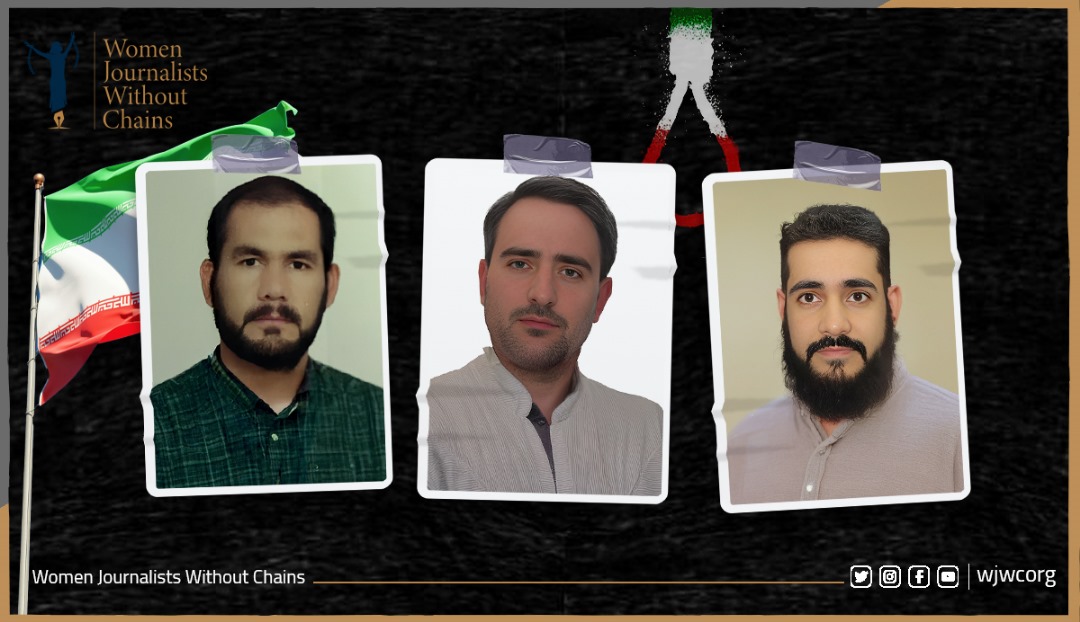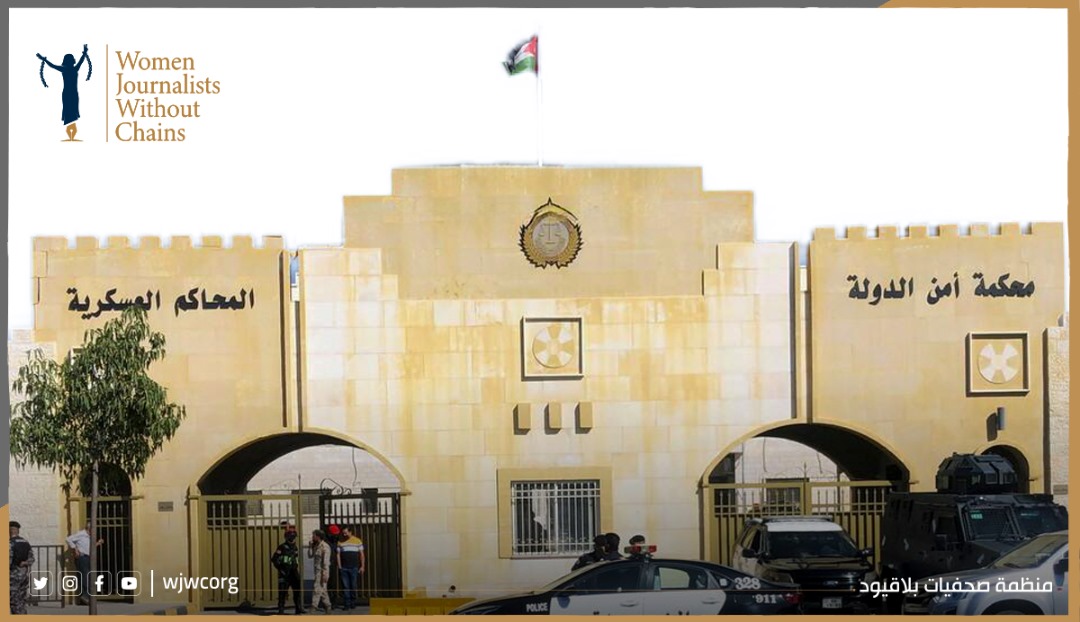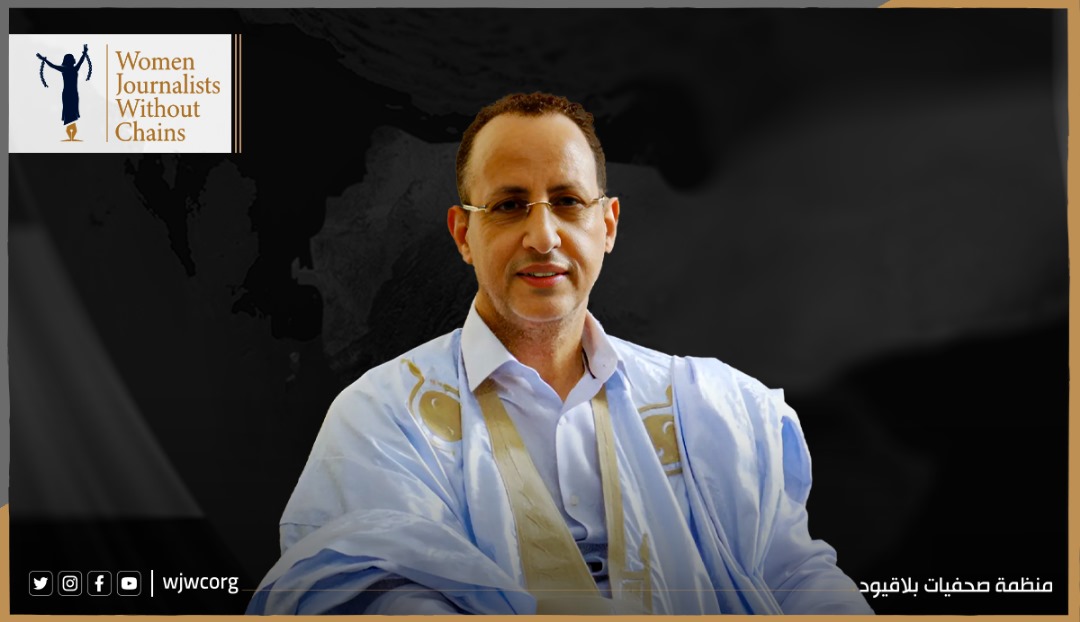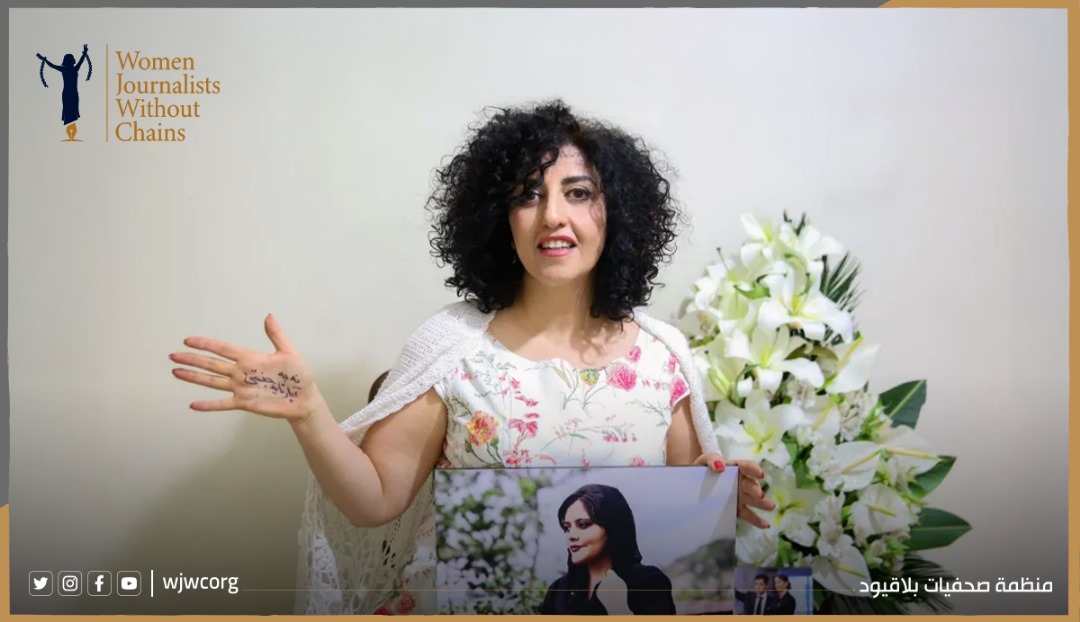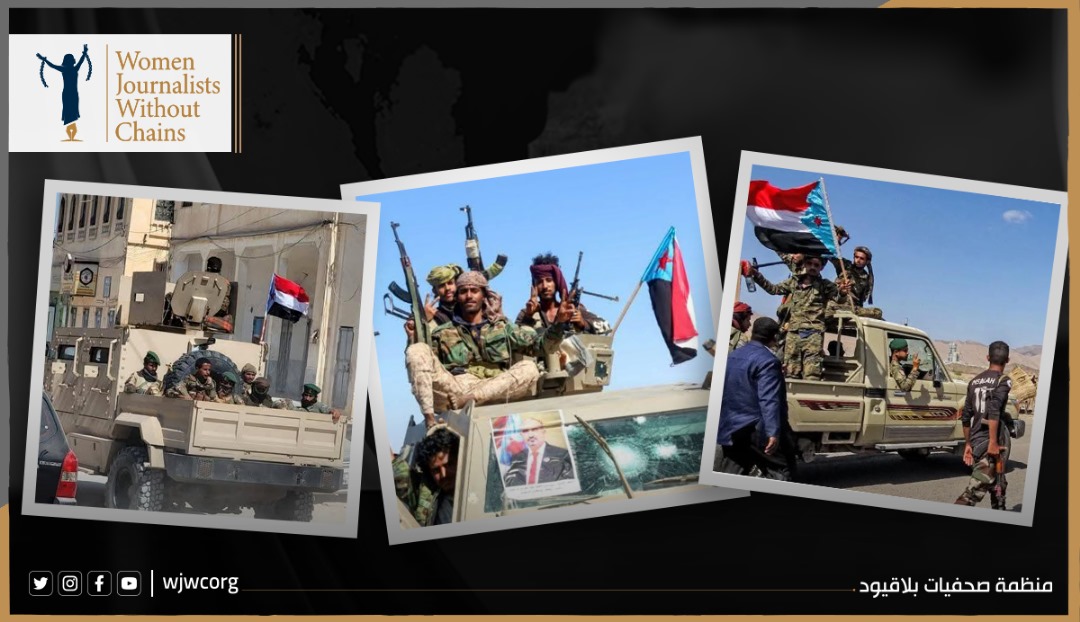The Islamic Republic of Iran has intensified its use of the death penalty as a political tool, leveraging executions to stifle dissent and project control.
This disturbing trend reached a new peak in early April 2025, when five political prisoners—Farhad Shakeri, Taj Mohammad Khormali, Abdolrahman Gorgij, Abdolhakim Azim Gorgij, and Malek Fadaei—were executed at Mashhad Central Prison. The executions were carried out without prior notice to their families, who were denied a final visit and left waiting outside the prison walls for hours, only to receive confirmation of their loved ones’ deaths by phone.
These individuals, four of whom were members of the Sunni minority and one Shia, had been convicted in a closed-door trial by the Revolutionary Court on charges of “rebellion”—a broad accusation often weaponized against those affiliated with banned religious or political groups. Their convictions rested on weak or absent evidence and were accompanied by reports of torture, incommunicado detention, and coerced confessions dating back to their 2015 arrests. The case is emblematic of Iran’s deeply flawed judicial system, where political and religious considerations override due process.
A Pattern of Systemic Violence and Judicial Control
The executions of the five men are not isolated acts but part of a broader pattern. Between April 3 and April 9, at least 26 executions were recorded across Iran, mostly tied to drug and murder charges. Yet the surge in capital punishment has extended beyond criminal offenses to target political dissidents, protestors, and human rights activists. Since the nationwide protests of 2022, the Iranian regime has increasingly relied on executions to quash opposition and maintain its grip on power.
Statistics reveal a steep rise in executions: 576 in 2022, 853 in 2023, and 901 in 2024. That final year alone saw 40 executions carried out in a single week in December. Particularly alarming is the increase in the number of women executed—31 in 2024—many of whom were victims of domestic abuse or sexual violence, driven to acts of desperation. Some were accused of murder in situations widely believed to be self-defense.
Iran’s judiciary plays a central role in this apparatus of repression. Far from being independent, it remains tightly controlled by the executive branch. The Supreme Leader appoints the Chief Justice, the Attorney General, and the heads of major judicial bodies, while judges are required to align with state-approved ideological frameworks. The Revolutionary Courts continue to adjudicate political and national security cases based on opaque procedures, secret hearings, and confessions extracted under duress.
This institutionalized disregard for legal safeguards and the right to life has drawn strong condemnation from rights organizations. Women Journalists Without Chains (WJWC) labeled the April 9 executions a clear attempt to suppress political opposition and deflect from growing international scrutiny, particularly following the UN Human Rights Council’s recent decision to extend its fact-finding mission in Iran.
A Call for Urgent International Action
In response to these developments, WJWC has issued a pressing appeal to the global community. The organization is urging immediate international intervention to protect detainees sentenced to death for peaceful activism and calls for a halt to all executions that violate international human rights standards.
Women Journalists Without Chains calls on UN member states to unite in urging Iran to fulfill its international human rights obligations and to put an end to the execution of political prisoners. The organization demands accountability for Iran's persistent violations of the right to life, advocating for transparent and independent investigations into both past and recent executions. Furthermore, WJWC highlights the urgent need to renew efforts to establish a national human rights institution in accordance with the Paris Principles—an initiative that Iran pledged to undertake over two decades ago but has yet to realize.
The recent wave of executions is more than a domestic crackdown—it is a calculated response to international pressure and a stark signal of the regime’s commitment to ruling through fear. Until meaningful reform is enacted and accountability mechanisms are enforced, the machinery of death in Iran will continue to grind on, unchecked and unpunished.

 En
En  Ar
Ar 